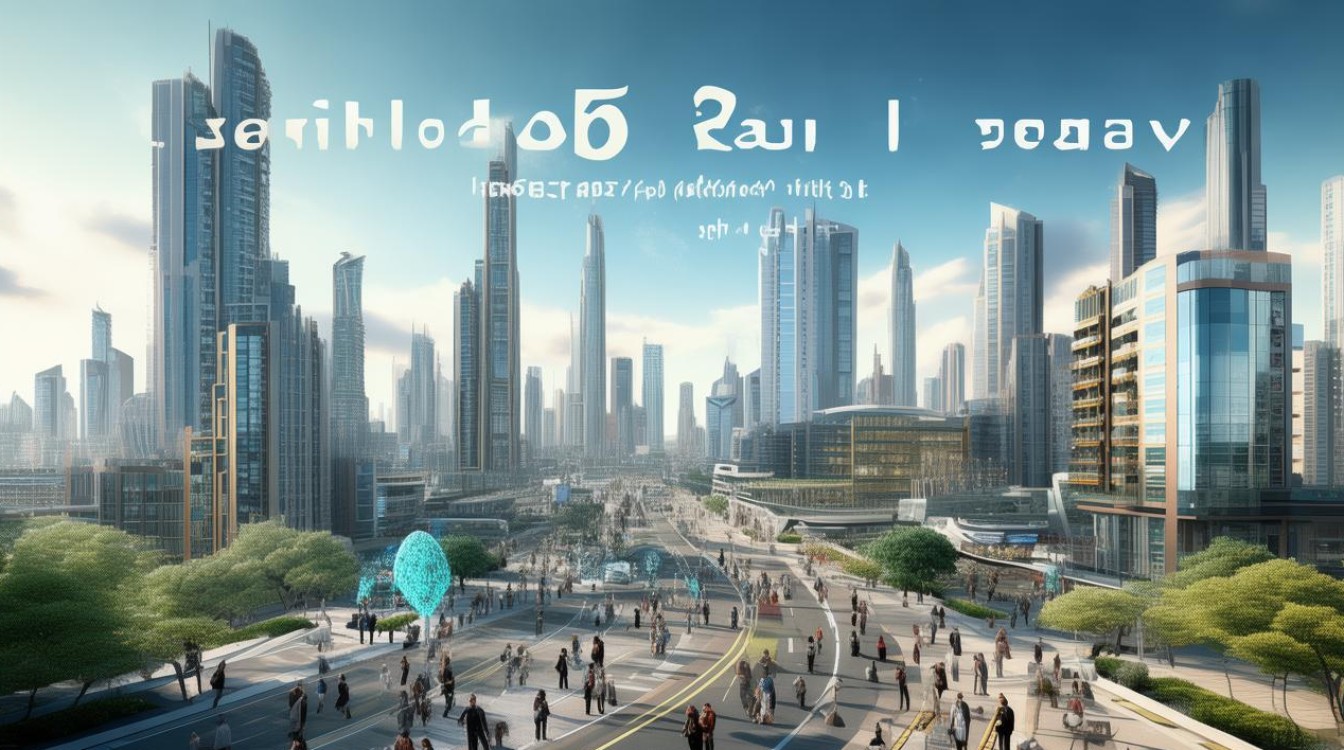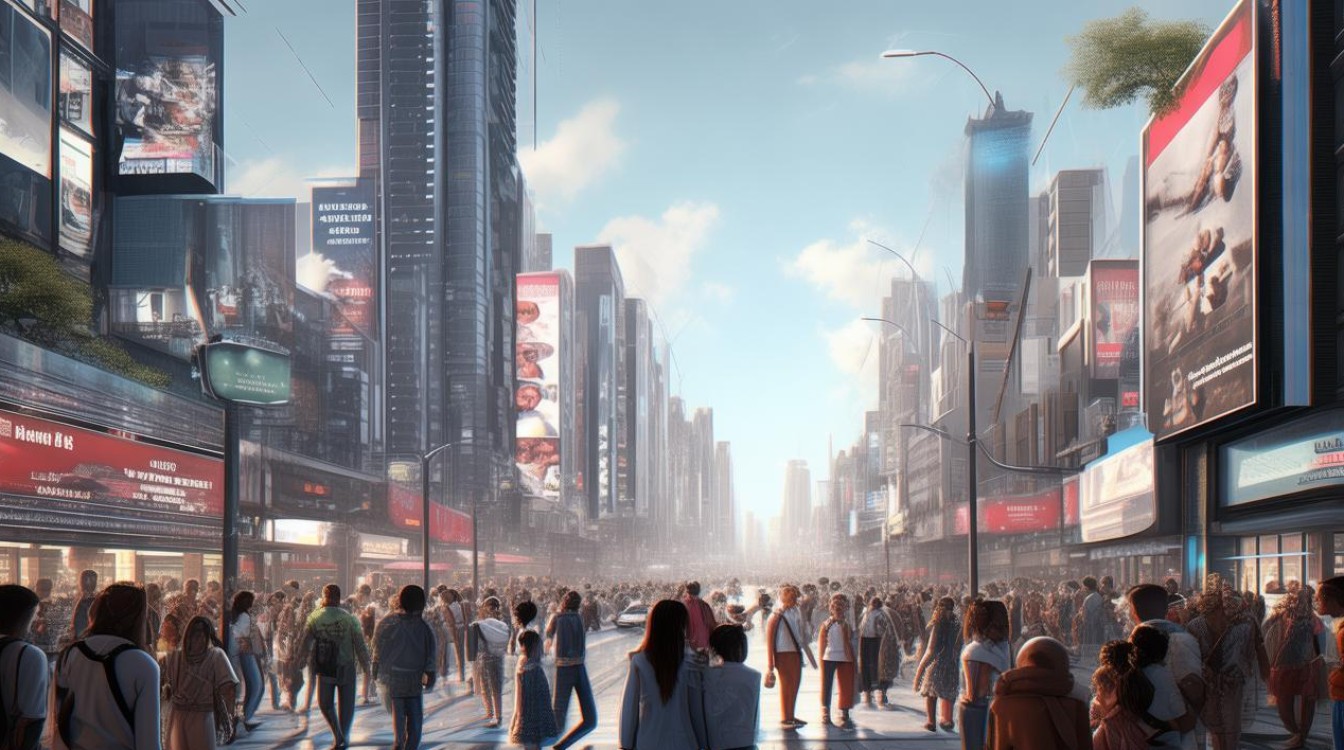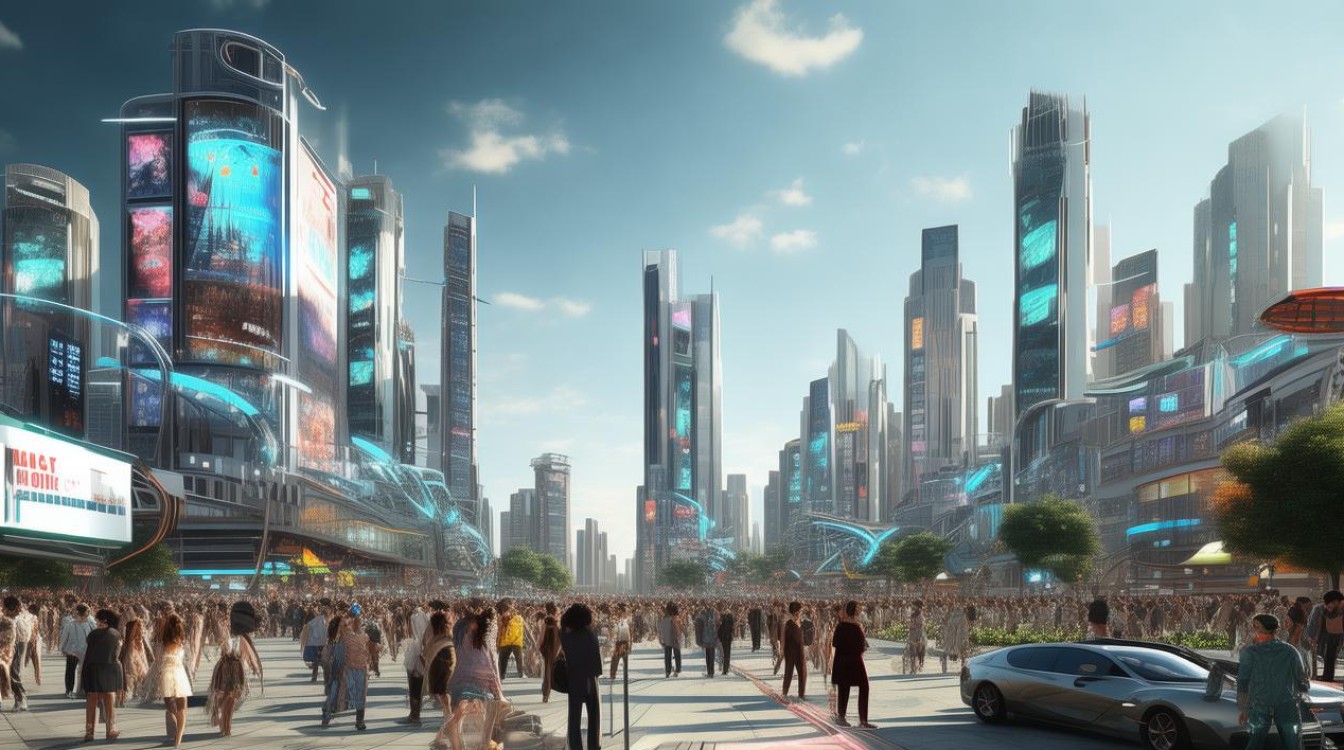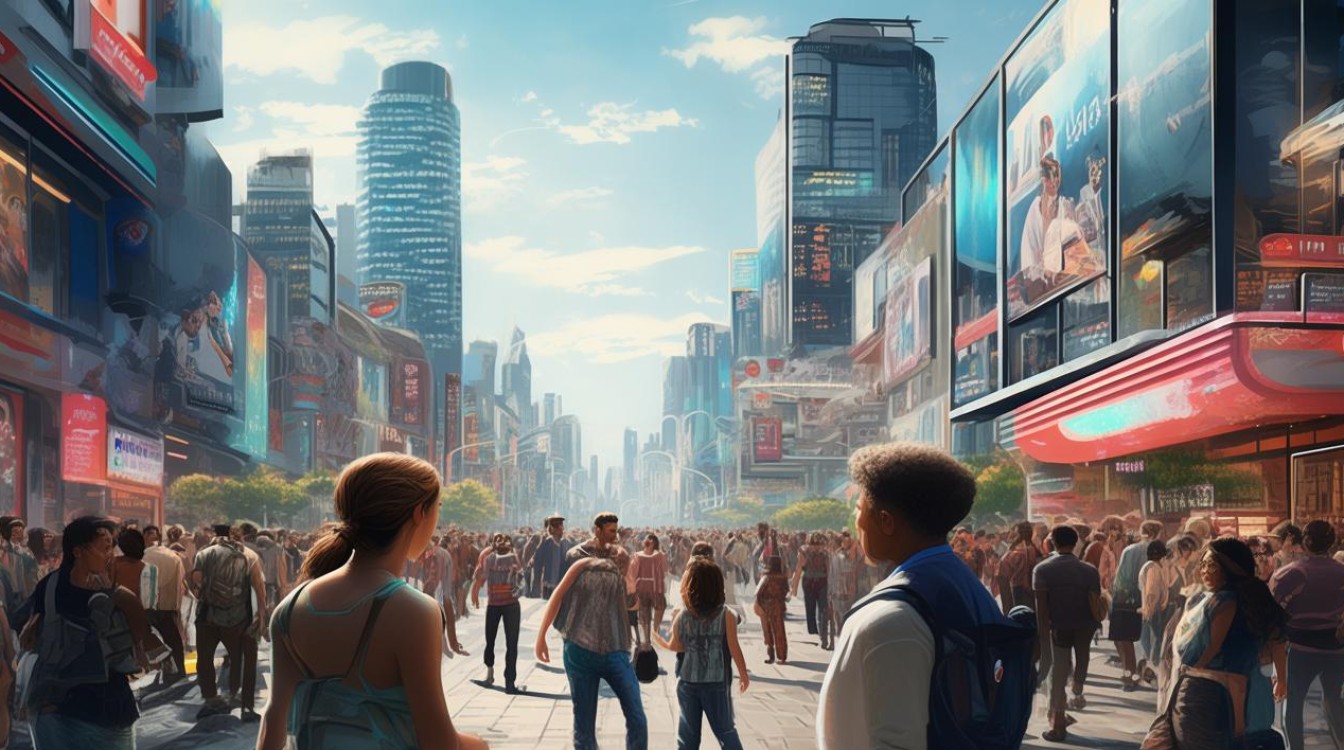Imagine waking up in the year 2074. The world around you has transformed in ways once confined to science fiction. Technology, climate, and society have evolved, reshaping daily life. What will this future look like? Let’s explore the possibilities.

Smart Cities and AI Integration
Urban landscapes will be unrecognizable. Self-driving vehicles dominate roads, communicating with traffic systems to eliminate congestion. AI manages energy grids, optimizing power usage to reduce waste. Buildings adapt to weather, with smart windows adjusting transparency and walls regulating temperature.
Homes are fully automated. Voice commands control lighting, appliances, and security. Robots handle chores, from cleaning to cooking. AI personal assistants anticipate needs, scheduling appointments and even suggesting meals based on health data.
Healthcare Revolution
Medical advancements extend lifespans. Nanobots patrol bloodstreams, detecting and repairing cellular damage. Genetic editing eradicates hereditary diseases. Wearables monitor vitals in real-time, alerting doctors to issues before symptoms appear.
Hospitals use 3D-printing for organ transplants. Surgeries are performed by precision robots, reducing human error. Mental health support comes from AI therapists, offering personalized counseling. Age reversal treatments become mainstream, allowing people to maintain youthfulness longer.
Climate and Sustainability
Decades of environmental efforts pay off. Renewable energy—solar, wind, and fusion—powers nearly everything. Carbon capture technology reverses some damage. Vertical farms in cities supply fresh produce, cutting transportation emissions.

Single-use plastics vanish, replaced by biodegradable materials. Oceans are cleaner thanks to waste-collecting drones. Wildlife thrives in restored habitats. Climate migration stabilizes as resilient infrastructure protects coastal cities.
Work and Education
Remote work is the norm, with virtual offices replacing cubicles. Holographic meetings make collaboration seamless across continents. Universal basic income supports those displaced by automation, while creativity-driven careers flourish.
Education transforms. VR classrooms immerse students in historical events or scientific phenomena. AI tutors adapt lessons to individual learning styles. Degrees matter less than skill portfolios, as micro-certifications validate expertise.
Social and Cultural Shifts
Digital identities merge with reality. Augmented reality glasses overlay information onto the physical world—translating signs, identifying plants, or displaying social media feeds. Social interactions blend online and offline, with avatars attending events when physical presence isn’t possible.
Cultural boundaries blur further. Language barriers dissolve with real-time translation earpieces. Global collaboration accelerates art, science, and policy-making. Yet, communities also prioritize preserving local traditions amid rapid change.

Space Exploration and Colonization
Mars hosts its first permanent settlers. Lunar bases serve as research hubs and tourist destinations. Private companies offer suborbital flights for civilians. Asteroid mining provides rare minerals, easing Earth’s resource strain.
Discoveries about extraterrestrial life—even microbial—reshape humanity’s self-perception. Missions to Europa and Titan search for deeper answers. Space becomes a new frontier for economic and scientific ambition.
Ethical and Privacy Challenges
With AI deeply embedded in life, ethical dilemmas arise. Who controls decision-making algorithms? How is personal data protected? Governments and corporations grapple with balancing innovation and individual rights.
Surveillance technologies improve security but risk overreach. Debates intensify over human augmentation—should cybernetic enhancements be allowed? Societies must define the line between progress and preservation of human identity.
Leisure and Entertainment
Entertainment is hyper-personalized. AI generates custom movies, books, and music tailored to individual tastes. Virtual vacations let people explore ancient Rome or alien planets from their living rooms.

Sports evolve with augmented athletes using exoskeletons for enhanced performance. Esports rival traditional athletics in popularity. Hobbies shift as 3D printing and DIY robotics enable anyone to invent.
Final Thoughts
The next 50 years promise extraordinary change. Challenges will test adaptability, but opportunities abound for those ready to embrace innovation. Whether these predictions hold true depends on choices made today. One thing is certain: the future is not a distant dream—it’s being built now.

